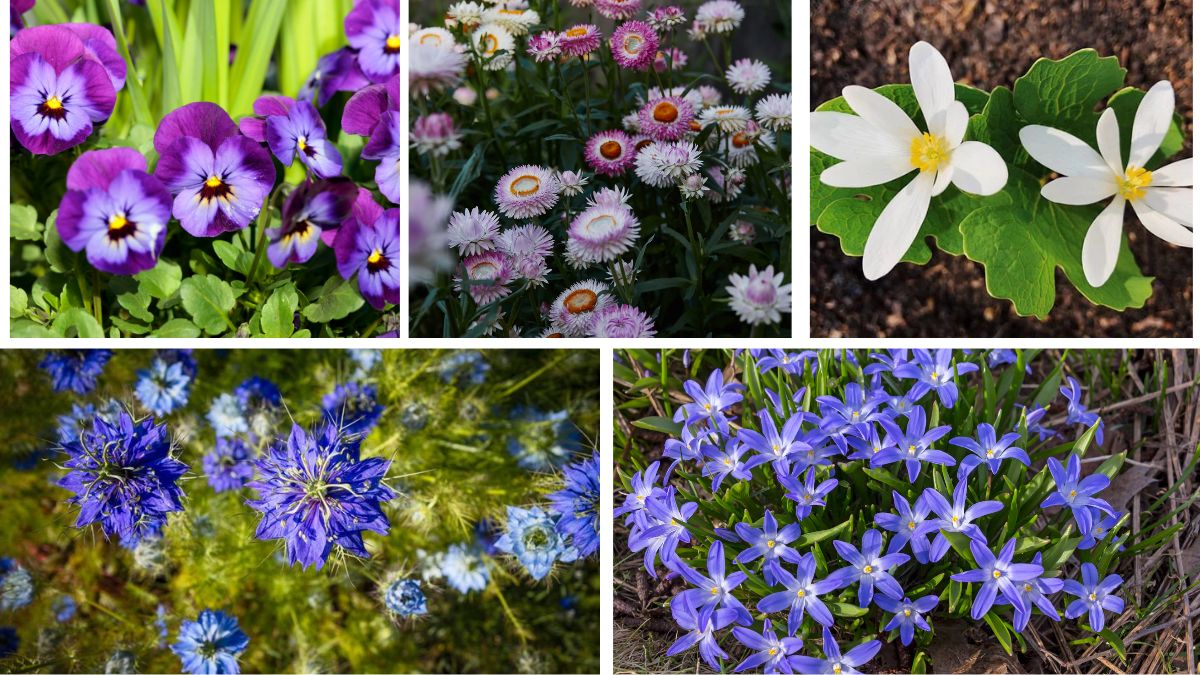As winter fades and the first hints of spring appear, gardeners often wonder which plants can withstand cool temperatures and still flourish. Early spring can be unpredictable, with frosty nights, chilly winds, and fluctuating temperatures. Selecting plants that thrive in cool conditions ensures your garden comes alive with color and vitality even before warmer weather sets in.
In this article, we’ll explore five plants that excel in early spring, discuss their care requirements, and provide tips to help your garden thrive during the cooler months.
Why Planting for Cool Weather Matters
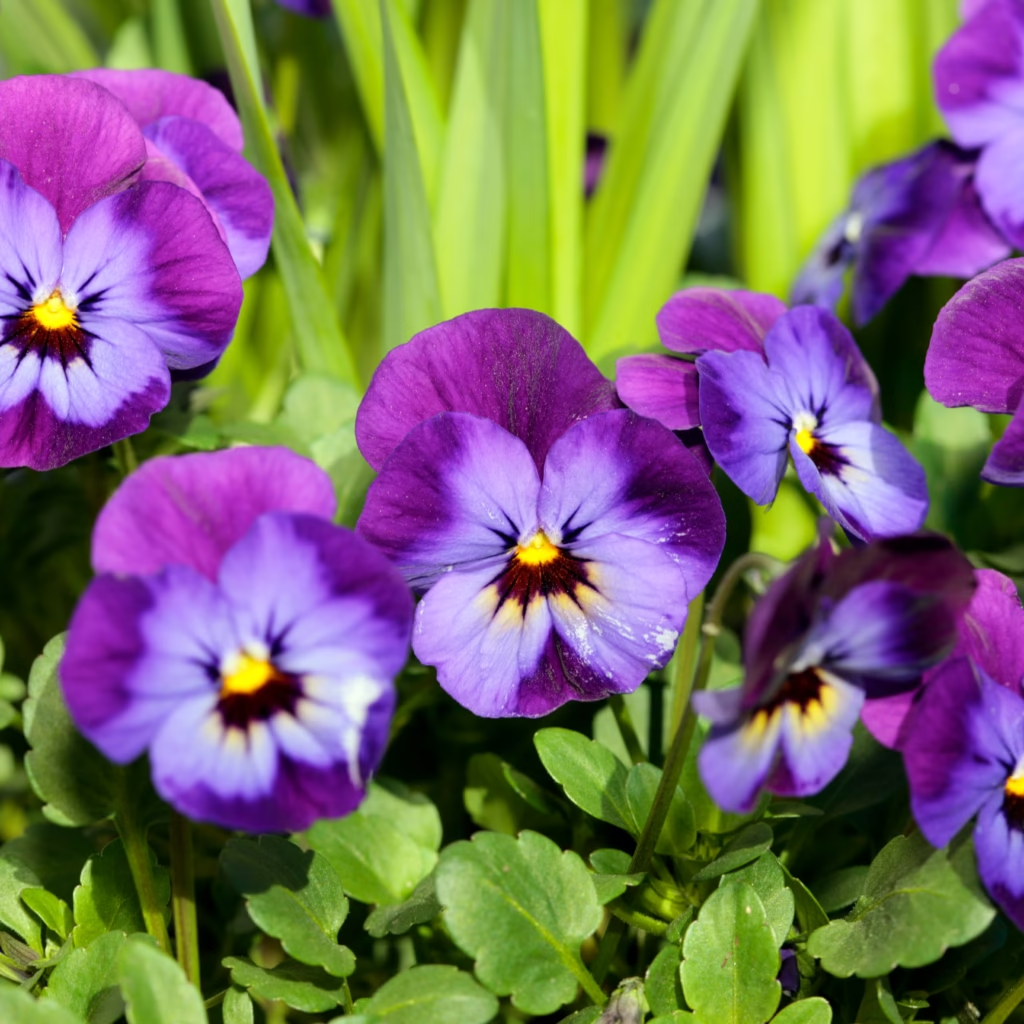
Cool-weather plants have adapted to survive and grow during chilly conditions. They are essential for:
- Extending the growing season: Enjoy blooms before summer heat arrives.
- Early harvests: Vegetables and greens can be ready sooner, supporting fresh spring meals.
- Aesthetic appeal: Add color, texture, and interest when most other plants remain dormant.
Understanding which plants are resilient in cool temperatures is key to successful early spring gardening.
1. Pansies (Viola × wittrockiana)
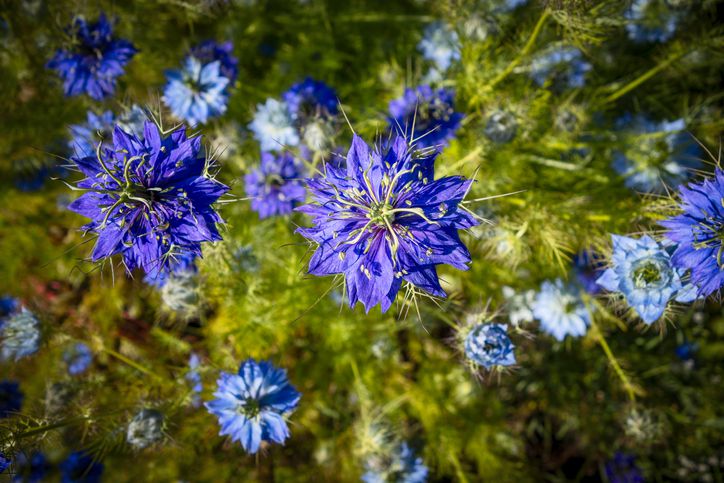
Overview
Pansies are classic cool-weather flowers known for their vibrant colors and cheerful faces. They can tolerate light frost and even snow, making them perfect for early spring gardens.
Growing Conditions
- Light: Full sun to partial shade.
- Soil: Well-draining, moderately fertile soil.
- Watering: Keep soil consistently moist but not soggy.
Planting Tips
- Plant pansies in early spring as soon as the ground can be worked.
- Space plants 6–12 inches apart to allow air circulation.
- Deadhead spent flowers to encourage continuous blooming.
Benefits
- Provides early-season color in flower beds, borders, and containers.
- Attracts pollinators like bees in early spring.
- Can be paired with other spring bulbs such as tulips and daffodils for layered color.
2. Spinach (Spinacia oleracea)
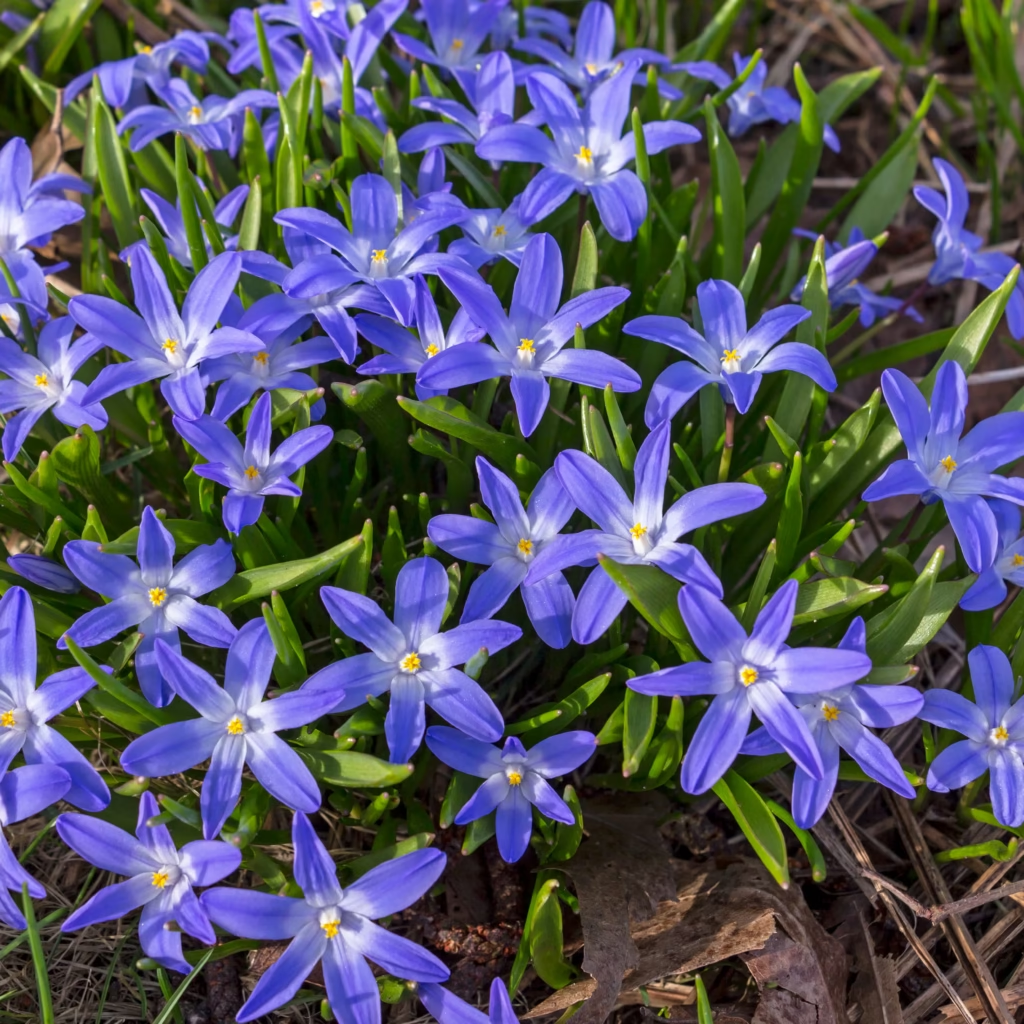
Overview
Spinach is a nutrient-rich leafy green that thrives in cool temperatures and is among the first vegetables you can plant in early spring.
Growing Conditions
- Light: Full sun to partial shade.
- Soil: Rich, well-draining soil with organic matter.
- Watering: Regular watering to keep soil moist.
Planting Tips
- Sow seeds directly in the garden as soon as soil can be worked.
- Space seeds about 2 inches apart; thin seedlings to 4–6 inches.
- Harvest leaves young for the best flavor and texture.
Benefits
- Provides early-season nutrition for salads, smoothies, and cooking.
- Can tolerate light frosts, which can even enhance flavor.
- Quick-growing, with harvests possible in 4–6 weeks.
3. Crocus (Crocus spp.)

Overview
Crocuses are early-blooming spring bulbs that often appear while snow is still on the ground. They offer bright pops of purple, yellow, and white in the garden.
Growing Conditions
- Light: Full sun to partial shade.
- Soil: Well-draining soil; avoid waterlogged areas.
- Watering: Minimal during dormancy; moderate once shoots appear.
Planting Tips
- Plant bulbs in autumn for early spring blooms.
- Place bulbs 3–4 inches deep and 2–3 inches apart.
- Naturalize in lawns, under trees, or in rock gardens for stunning early color.
Benefits
- Signals the arrival of spring with vibrant blooms.
- Low maintenance and hardy, even in areas with late frosts.
- Complements other early bloomers like snowdrops and hyacinths.
4. Kale (Brassica oleracea var. sabellica)
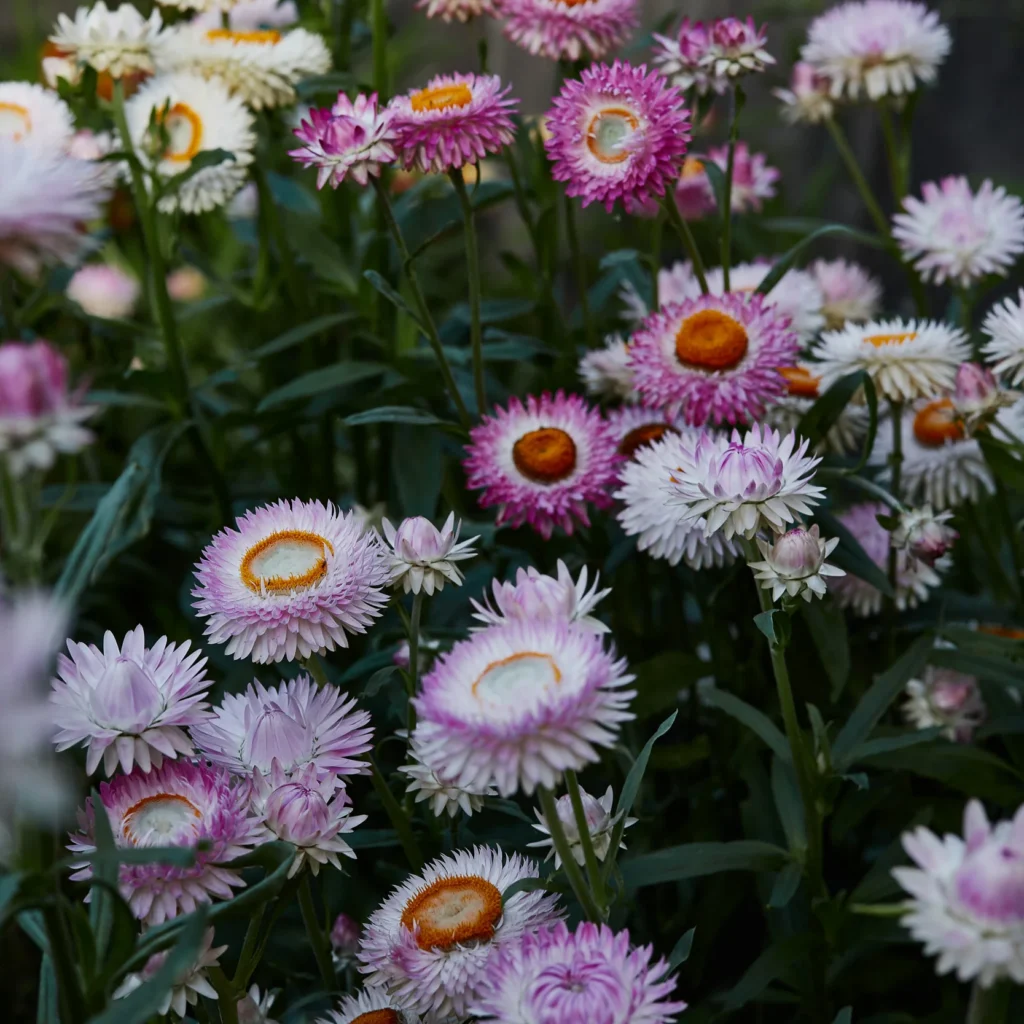
Overview
Kale is a cold-tolerant leafy green that thrives in early spring and even improves in flavor after a light frost. It’s both beautiful and highly nutritious.
Growing Conditions
- Light: Full sun to partial shade.
- Soil: Fertile, well-draining soil rich in organic matter.
- Watering: Keep soil evenly moist; avoid waterlogging.
Planting Tips
- Sow seeds indoors 4–6 weeks before the last frost or directly in the garden early spring.
- Thin seedlings to 12–18 inches apart to allow robust growth.
- Harvest outer leaves as needed, leaving the inner leaves to grow.
Benefits
- Provides early-season greens for salads, soups, and smoothies.
- Resistant to cool temperatures, making it ideal for early spring gardening.
- Adds ornamental value with curly or colorful varieties.
5. Snowdrops (Galanthus nivalis)
Overview
Snowdrops are delicate, early-blooming bulbs that often appear before the last frost has passed. They are a symbol of resilience and hope in the garden.
Growing Conditions
- Light: Partial to full shade.
- Soil: Moist, well-draining soil enriched with organic matter.
- Watering: Moderate, especially during growth.
Planting Tips
- Plant bulbs in the fall, 2–3 inches deep and 2–3 inches apart.
- Ideal locations include woodland gardens, borders, or under shrubs.
- Allow foliage to die back naturally to feed bulbs for next year.
Benefits
- One of the first signs of spring, often blooming while snow is still present.
- Low maintenance and easily naturalized.
- Complements other early bulbs like crocus and early daffodils.
Tips for Successful Cool-Weather Gardening
- Choose Hardy Varieties
- Select plants rated for your climate zone and capable of withstanding light frost.
- Prepare Soil Early
- Enrich soil with compost or organic matter to encourage healthy growth.
- Use Mulch Wisely
- Apply mulch to retain moisture and insulate roots, but avoid covering emerging seedlings.
- Protect Tender Plants
- Use row covers, cloches, or cold frames for extra protection during unexpected frosts.
- Water Carefully
- Cool weather slows evaporation, so water moderately to avoid soggy soil.
- Plan Succession Planting
- Mix early spring bloomers with cool-weather vegetables to maximize garden productivity.
Conclusion
Early spring gardening offers a rewarding mix of flowers and vegetables, bringing life and color to your garden while temperatures are still cool. By planting hardy, resilient species like pansies, spinach, crocus, kale, and snowdrops, you can enjoy vibrant blooms and fresh greens even before warmer weather arrives.
Selecting the right plants, preparing soil properly, protecting from frost, and providing consistent care ensures a successful early spring garden. With thoughtful planning, your garden can thrive despite chilly mornings, creating a beautiful and productive outdoor space that welcomes the new season with color and vitality.
Early spring is a time of growth, renewal, and opportunity. By choosing plants that thrive in cool conditions, you set the stage for a flourishing garden that continues to impress through spring and beyond.
